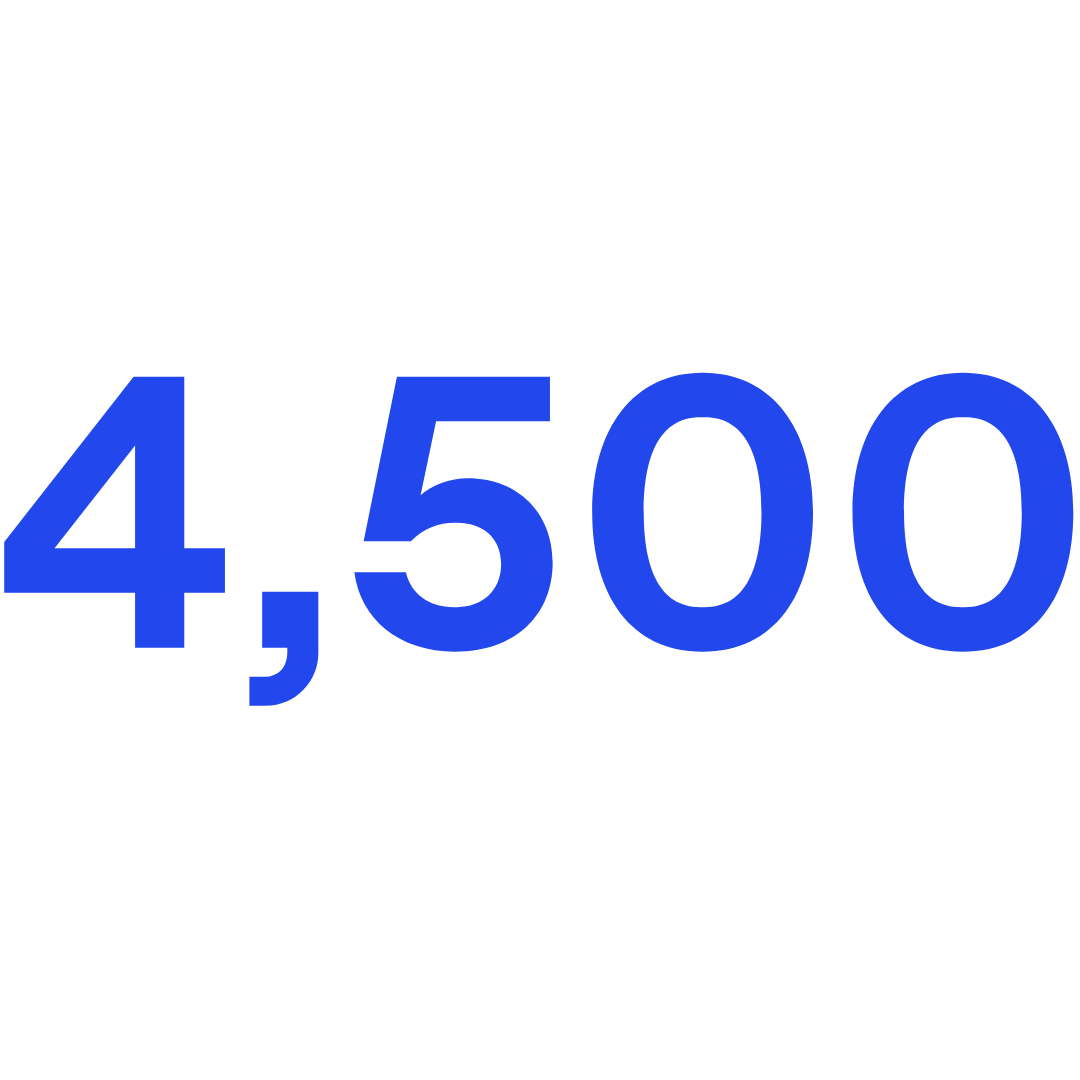In a world where sustainability managers risk spending more time measuring emissions than using the data to enact real change, it’s important to consider more unified approaches to sharing carbon data. A new initiative by the World Business Council for Sustainable Development (WBCSD), the Partnership for Carbon Transparency (PACT), provides a way forward.
Key takeaways:
- To take targeted climate action, companies need more accurate insights into the carbon emissions from the goods and services they purchase.
- Yet, the widespread use of supplier-specific product carbon footprints remains low due to a lack of standardisation when it comes to the exchange of such data.
- WBCSD aims to significantly enhance the accuracy of Scope 3 emissions through PACT, a standardised approach for calculating and exchanging supplier-specific product carbon footprints.
- WBCSD is scaling the uptake of this new standard. In support of this, the Carbon Trust enables companies to share their verified product carbon footprints following the PACT methodology.
There is a common need across companies’ decarbonisation strategies: sufficiently accurate Scope 3 data. Without this, businesses cannot make informed decarbonisation plans or track their progress against climate targets.
To create a clear understanding of their carbon footprints, businesses must consider all direct and indirect emissions across their value chain, including the emissions from the goods and services they buy (Scope 3, Category 1). Demands for access to better data have put new emphasis on the exchange of product carbon footprints. Obtaining this data, however, has proven challenging.
Businesses recognise that they cannot meaningfully measure their progress against decarbonisation targets when calculating their footprint with secondary emissions factors. As a result, many sustainability leaders have moved from a ‘spend-based approach’ to market averages. Yet the prevalent reliance on market averages still lacks the details on which business leaders can base their sustainability decisions and does not reflect the emissions associated with specific goods or services. The solution? Obtaining product-specific data straight from suppliers. Such primary data not only leads to more credible reduction claims but also gives leadership teams the insights to make bold, informed decisions on their company's Net Zero transition.
One of the barriers to the widespread use of supplier-specific data is at the point of exchange. This isn’t down to a lack of will on suppliers to share the information per se, but a lack of standardisation and guidance on what information should be shared and in what format.
Businesses that seek to gain a clearer picture of their footprint will need to identify the main emitters among their suppliers and request specific carbon data via surveys. Yet supplier survey fatigue is an increasingly familiar issue to sustainability professionals and comes down to numerous, albeit overlapping, data requests.
Variations in file formats pose another barrier. Should data be shared via email, spreadsheets, PDFs or, as we increasingly see, via a customer’s online carbon accounting platform? Ultimately, this leads to duplication of efforts among suppliers and inconsistent outcomes; a feeble return for the effort involved.
To combat such interoperability issues and ensure data collection systems can work together, WBCSD developed the Partnership for Carbon Transparency (PACT), a global standard for streamlining the calculation and exchange of Scope 3 emissions data in a consistent format.
How PACT aims to streamline data sharing
Just as emails can be sent between Gmail and Outlook without any issues, PACT aims to make it easier for businesses to exchange carbon data; regardless of their software.
Through PACT, WBCSD has developed a streamlined approach, featuring a methodological framework and technical specification for the standardised calculation and exchange of product carbon footprints. The approach complements the well-established Greenhouse Gas Protocol and can be applied to all sectors, goods and services. Throughout its pilot stage:1
PACT supports supplier engagement aimed to drive transparency on carbon emissions. It will also provide certified courses for suppliers to learn how to calculate and exchange PACT-based product carbon footprints (Q1 2025). This certainly brings its benefits:
Consistency – PACT specifies the format and level of data granularity that businesses should expect from their suppliers. By setting this data standard, PACT enables interoperability of carbon accounting tools and systems.
Insights – Sustainability leaders can hit a brick wall when obtaining buy-in for investments based on estimates from market averages and secondary data with such larger margins of error. Primary data on the products companies purchase from suppliers not only leads to more accurate value chain footprints, but also more reliable insights. As a result, leadership teams will be better placed to make confident, informed decisions when planning their Net Zero transition.
Credibility – When a company's carbon footprint is more accurate, its climate reporting becomes more credible. By collecting product carbon footprints from their key suppliers, companies will be able to substantiate claims about their reduction efforts. At the same time, sustainability managers can track and report the impact of their interventions against their science-based and Net Zero targets.
Data ownership – In the competitive dance between buyers and sellers, reverse engineering of costs is common. As a result, there has been a fear among suppliers that sustainability discussions could be used as a lever for negotiating lower prices. With a uniform data sharing approach, PACT helps suppliers share their verified product carbon footprint results while the commercially sensitive underlying data remains a black box.
What to consider
PACT supports carbon transparency across the supply chain; however, sustainability managers who wish to benefit from PACT, should keep the following in mind when using or sharing PACT-aligned data:
| Using PACT files (business customer) | Sharing PACT files (suppliers) |
Check data received from supplier Though the exchange has been automated, sustainability teams will still need to review the data they receive and look for potential misalignments. As part of this, teams should check how much data comes from primary sources. Example: An aluminium can manufacturer shares a verified product carbon footprint with its beverage sector customer. The product carbon footprint may appear supplier-specific, but most emissions occur before the Tier 1 supplier, meaning over 80% of the product's carbon footprint could still be based on market average data. | Product carbon footprints at scale The widespread adoption of PACT will require companies to produce carbon footprints for their products at scale. As well as requesting product carbon footprints from their suppliers, companies should also be ready to calculate and share their own data with customers. This task will become increasingly crucial with the implementation of cross-border carbon taxes like the EU’s Carbon Border Adjustment Mechanism. We recommend working with experts in product carbon footprinting to create large quantities of footprints without compromising quality. |
Seek third-party verification The PACT methodology currently suggests that third-party assurance will be mandatory from 2025, which will help to turn it into a block box for rigorous, audited product carbon footprint inventories. In the meantime, companies should adopt third-party verification now to establish credibility in their footprints. | |
Become early adopters of PACT with the Carbon Trust
Scope 3 accounting brings a range of complexities, but PACT seeks to tackle a large piece of the Scope 3 puzzle with its approach to calculating and sharing product carbon footprints. As one of PACT’s consulting partners for carbon transparency, the Carbon Trust is here to empower companies as early adopters.
Over the past two decades, we have constantly evolved our footprinting methodologies to be in line with best practices, looking for better ways in which companies can improve the accuracy of their carbon footprints. We are witnessing a rise in demand for product carbon data, having verified over 37,000 product carbon footprints and SKUs, and believe PACT will unlock the latent value from these models. As well as measuring and verifying product carbon footprints, we will ready the data for exchange in the PACT format upon request.
For companies seeking to request emissions data from their supply chain, our experts offer clear guidance. From assessing supplier-specific data to creating tools to support suppliers’ reporting capabilities, the Carbon Trust can help you engage key suppliers.
1 Source: The World Business Council for Sustainable Development's Partnership for Carbon Transparency, 2024.









